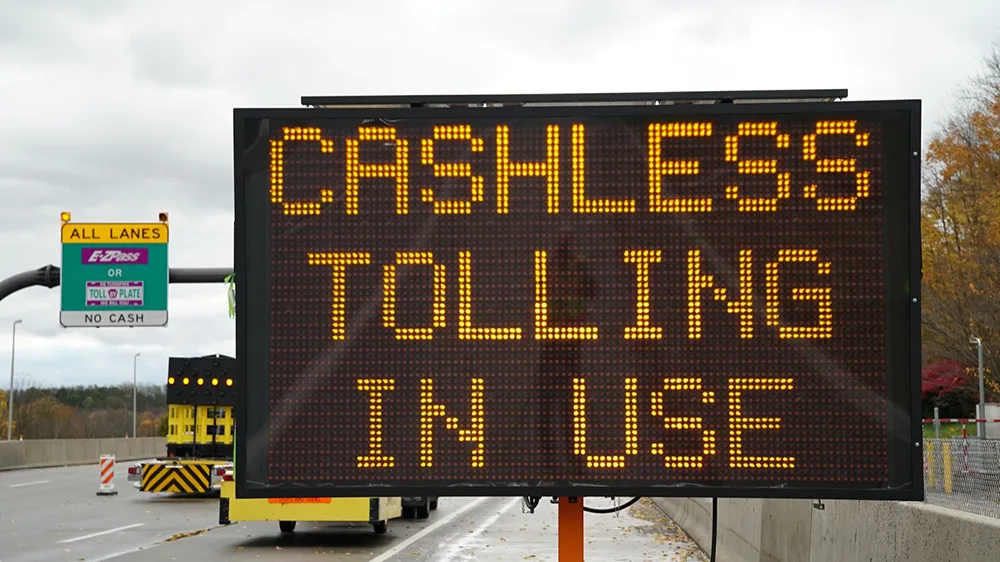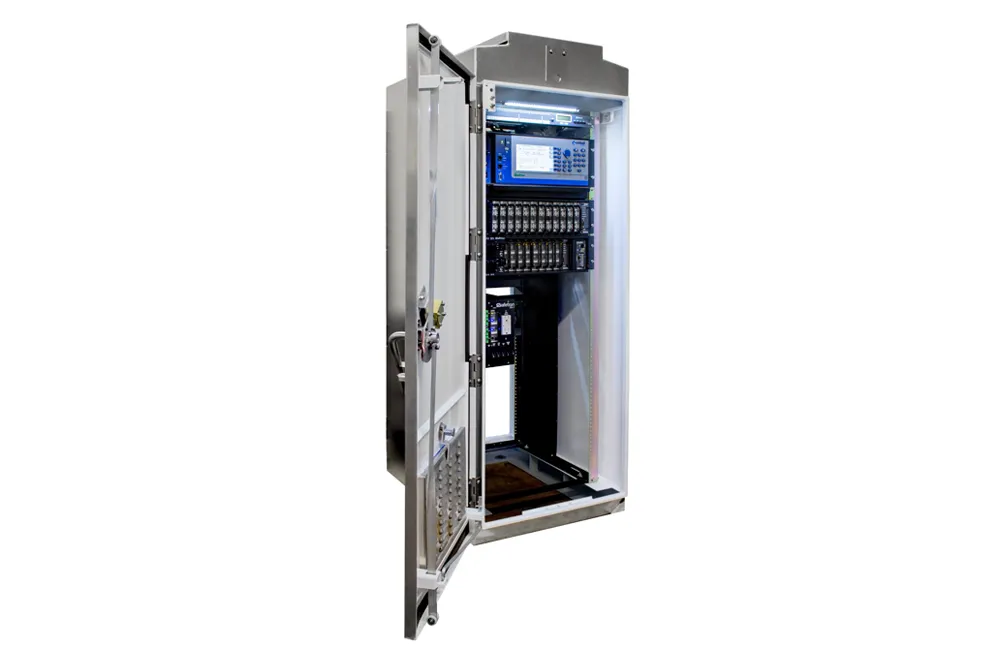Ohio Operation Lifesaver, which aims end collisions, deaths and injuries at highway-rail grade crossings and along railroad rights of way, has been awarded a US$20,000 grant from Operation Lifesaver (OLI) in partnership with the Federal Railroad Administration (FRA).
The state program will use the funding to spread “See Tracks? Think Train!” safety messages via radio, movie theatre advertising, digital media outreach and community events. The focus of the program will be the greater Cleveland area. The
July 20, 2015
Read time: 2 mins
Ohio Operation Lifesaver, which aims end collisions, deaths and injuries at highway-rail grade crossings and along railroad rights of way, has been awarded a US$20,000 grant from Operation Lifesaver (OLI) in partnership with the Federal Railroad Administration (FRA).
The state program will use the funding to spread “See Tracks? Think Train!” safety messages via radio, movie theatre advertising, digital media outreach and community events. The focus of the program will be the greater Cleveland area. The goal is to raise awareness about the dangers near tracks and trains in Ohio.
Federal statistics show that about every three hours, a person or vehicle is hit by a train in the United States.
Ohio ranks nine nationally for pedestrian-train incidents, with 30 deaths and injuries during 2014. In addition, Ohio is also a top ten state for train-vehicle collisions. In 2014, there were 86 incidents at grade crossing between a train and vehicle making Ohio 8th in the nation for such incidents.
“This grant allows us to promote the “See Tracks? Think Train!” campaign and further our mission of eliminating collisions, injuries and deaths at crossings and along rail property,” said Gena Miller Shelton, state coordinator. “We are grateful to the Federal Railroad Administration for facilitating this much-needed effort to improve safety in our state.”
The state program will use the funding to spread “See Tracks? Think Train!” safety messages via radio, movie theatre advertising, digital media outreach and community events. The focus of the program will be the greater Cleveland area. The goal is to raise awareness about the dangers near tracks and trains in Ohio.
Federal statistics show that about every three hours, a person or vehicle is hit by a train in the United States.
Ohio ranks nine nationally for pedestrian-train incidents, with 30 deaths and injuries during 2014. In addition, Ohio is also a top ten state for train-vehicle collisions. In 2014, there were 86 incidents at grade crossing between a train and vehicle making Ohio 8th in the nation for such incidents.
“This grant allows us to promote the “See Tracks? Think Train!” campaign and further our mission of eliminating collisions, injuries and deaths at crossings and along rail property,” said Gena Miller Shelton, state coordinator. “We are grateful to the Federal Railroad Administration for facilitating this much-needed effort to improve safety in our state.”









